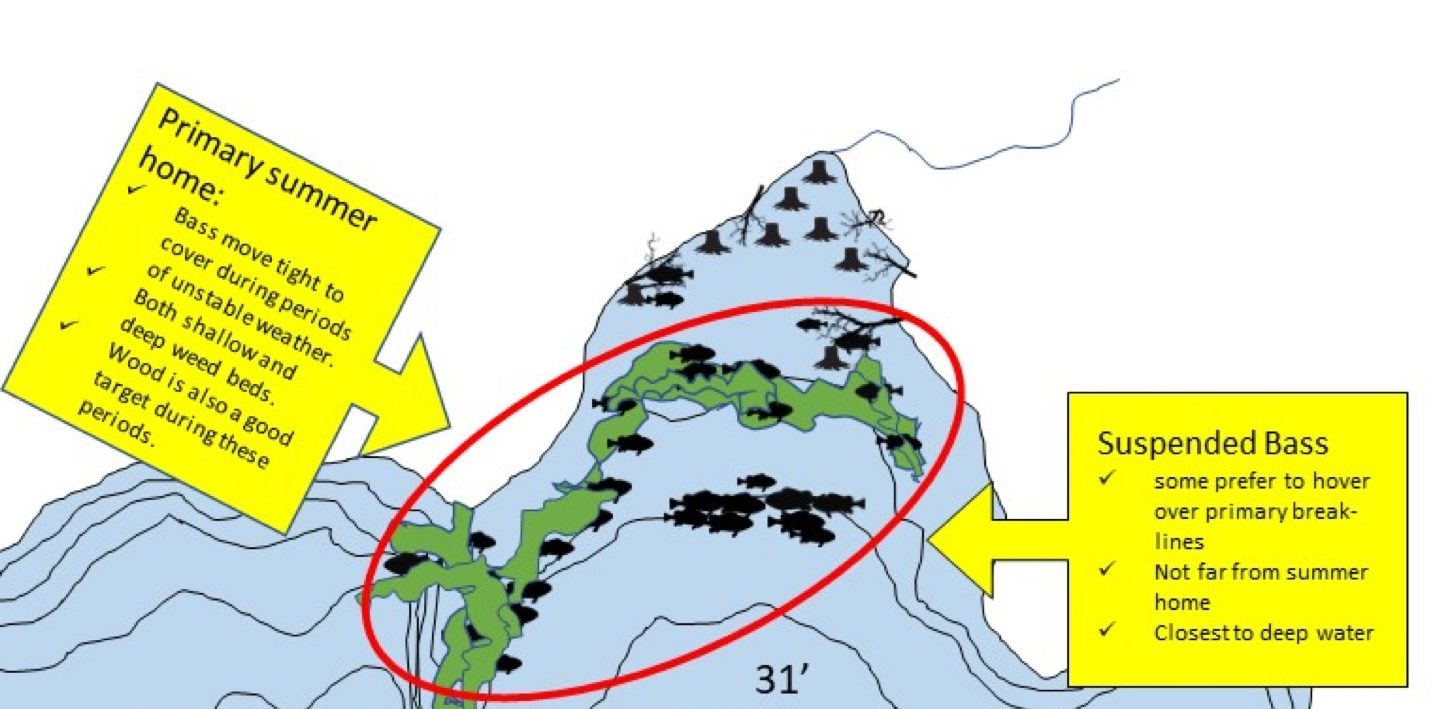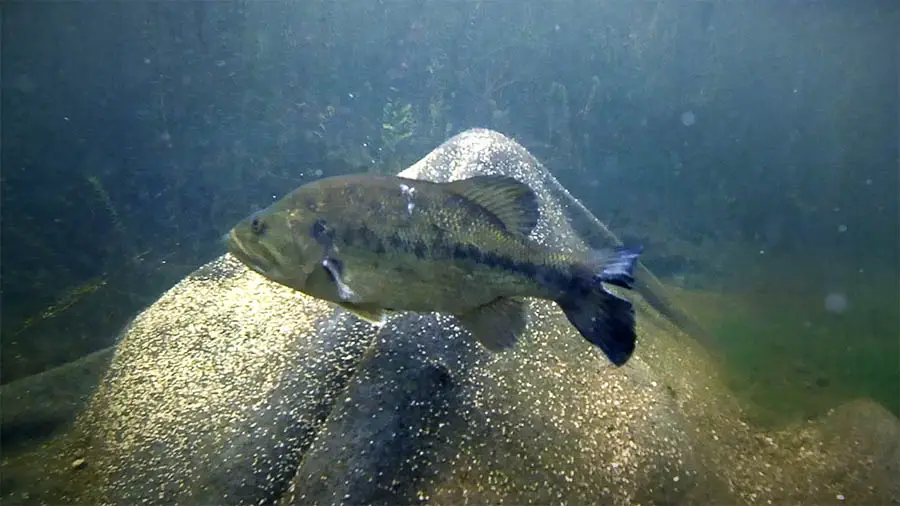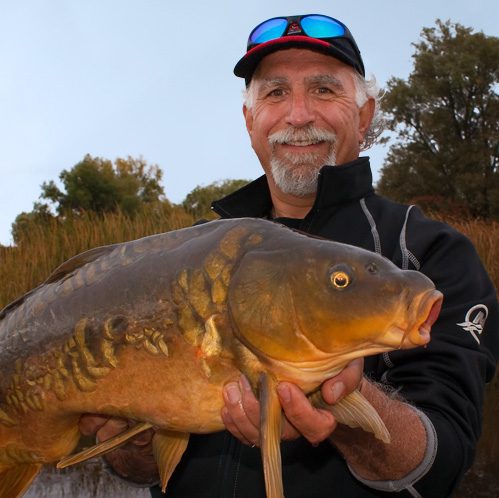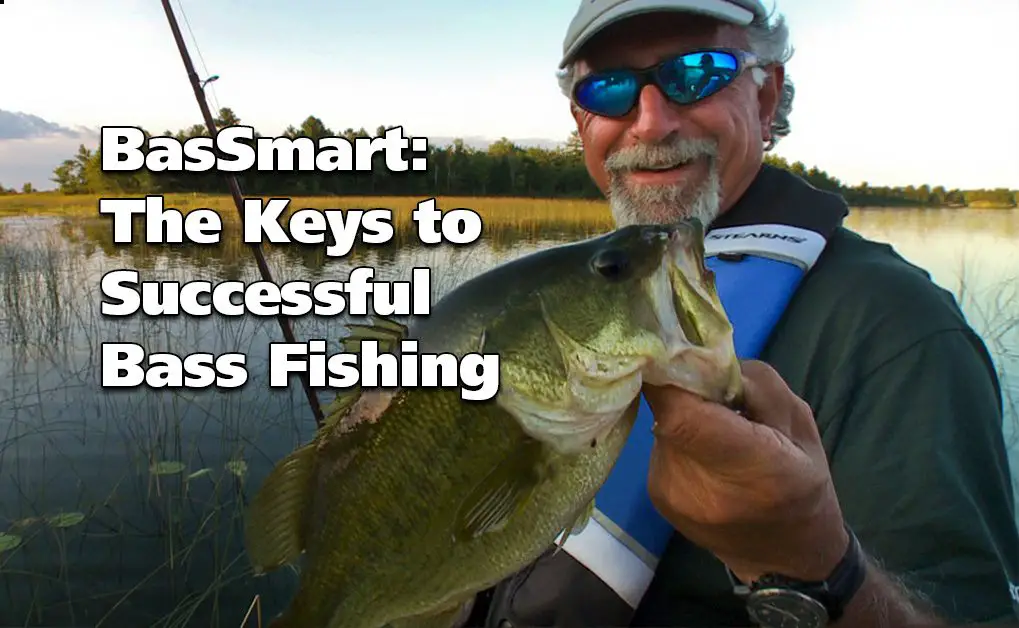BasSmart: Part 1
The Keys to Successful Bass Fishing
(For the purposes of this blog, when I refer to bass, I am referring to Largemouth Bass only.)
If you listen to some of the so-called experts, you might think you’ll need a bachelor’s degree in biology if you ever hope to hook up with a trophy bass. Although it wouldn’t hurt, nothing could be further from the truth.
Fortunately for you and me, bass fishing is not really as complicated as some make it sound. The key is understanding that bass are creatures of habit driven by instinct implanted in them by nature. They lack the ability to reason; everything they do is preprogrammed in their DNA. What they lack in reasoning, however, they make up for with extraordinarily strong habit patterns which enable them to survive in their difficult environment but also make them very predictable and thus vulnerable to the savvy bass angler.

Bass are amazingly simple animals. They eat, they rest, they perpetuate their kind, and they repeat—none of this is optional. They have very strict protocols; understanding what these are is the key to successful bass fishing.
So, if it’s that simple, why isn’t everyone a professional bass angler? Because not all of us are willing and able to dedicate the time and effort it takes to fully grasp the concept. As the saying goes, “In order to catch a bass, you need to think like a bass.” And that, my friends, is easier said than done.
So, shall we get started?

Largemouth Bass Movement
First things first: To catch them, you need to know where they are at any given time. So let’s look at bass movement as step one. Although they will normally stay in their home territory from late spring to early fall, there are a few variables that will cause Largemouth Bass to leave an area. These include the sudden absence of forage, drastic temperature changes, lack of oxygen, and seasonal changes. However, several studies have shown that even during dangerously high temperatures and abnormal P.H. levels, as many as 75% of the largemouth remain in their home range and tough it out until things get back to normal (although they may stop almost all activity).
The takeaway here is that if you catch a limit of bass one day in a certain area, but the next day you get skunked, it does not necessarily mean the fish have moved.

Sometimes Largemouth Bass are affected by angling pressure, or they simply are not feeding. They will, however, move up and down vertically. They will suspend over drop-offs during cold fronts or bury themselves deeply into weeds or other cover. Rarely will they move far from the comforts of home.
Spawning time, of course, will trigger the greatest migration of the year for most bass—as will seasonal changes. Although these factors are not too important in Canada where fishing season (for the most part) is closed during winter movements and spawning times, it’s important to know how bass move, since that knowledge will help you locate them more easily.
When largemouth move, they use shorelines, weed-lines or break-lines as highways—these are called contact points. We travel roads and highways to find our homes; bass do the same. When the spawning urge hits them in the spring, Largemouth Bass begin to move into their spawning grounds using these contact points. In the fall, they will use them again to move to their wintering homes. Obviously, knowing where these highways or contact points are will play a major roll in finding bass on your favourite lake.
Spawning Areas

The above diagram shows three major spawning areas on the lake. Largemouth will spawn in other suitable areas as well, but these three have been chosen as examples. The northern sector receives more sunlight than any other portion of this lake in the spring, and shallow back bays in the northeast warm up the quickest. The first bass to spawn or even to move to a spawning area in this lake will be in this northeast sector. If there are several that fit this description, choose the ones that have incoming water such as creeks and rivers. If you still have too many to possibly fish in your allotted time, the next determining factor is deep water access.
By studying maps and looking at shorelines and weed lines, you can see how bass find their way to and from spawning grounds. Remember, when bass travel from deep to shallow, they generally need weed cover, break-lines and underwater points that connect to the deepest parts of the lake.

After they’ve finished spawning, the females will begin to follow these same routes back out of the spawning areas and will disperse into suitable living areas until autumn. The males will remain to protect the nests, but soon vacate, using the same routes as the females took earlier. Some Largemouth remain in spawning areas all summer; this is characteristic of late spawners who find adequate cover and food.
Overcrowding
Too many bass in one area will cause some of them to move, but not for great distances. Aggressive females will remain in favoured feeding areas, while smaller males and immature females roam about much more. Females are usually bigger than males, and hence males tend to roam in search of forage. If you catch a largemouth over three-and-a-half pounds in most Canadian waters, it is probably a female.
Seasonal or extreme weather changes or prolonged cold weather will cause Largemouth Bass to move to deeper water. Or, if there is no deeper water available, bass will follow highways until they locate a point or steep break-line. This occurs during the fall turnover when layers of water densities mix. However, cold fronts occurring in the summer months usually don’t initiate a lot of movement. They merely slow the bass’s feeding patterns. (For more information, see my previous blog entitled “5 Tips For Fishing The Dreaded Cold Front.”)
How Do Bass Feed?
Once you have located bass, the next critical piece of knowledge is what will make them strike. Factors in bait choices are size, profile, action and, of course, colour. But even more important than that is deciding what it is that you’re targeting. Big bass are very energy efficient. Trophy-sized bass rarely use energy to feed unless it’s justified by increased intake. This simply means that a five-pound largemouth won’t dash twenty feet or more for a one-inch minnow. Instead, it will wait until the offering is much closer. However, if that food source is a six-inch bluegill or one-pound bullfrog and the bass’s internal computer calculates that the gain outweighs the pain, then it’s game on. It’s a very precise game of plus-minus.
So, if you are targeting big fish, you should use bigger baits and be prepared to have fewer strikes. Remember, there are always more small fish in an area than big ones, so decide what you are going after and adjust your attitude and bait size accordingly.
When Do Bass Feed?
The answer to the question of when bass feed is a simple one: almost always. Largemouth have positive and negative feeding modes that are usually stimulated by weather or barometric pressure. Bass will feed during both these modes. The peak of their feeding cycle comes after three straight days of consistent weather, preferably summer sun because it promotes a lot of new life along the shoreline. Vegetation will emit maximum amounts of oxygen, and life will flourish. This weather pattern stimulates feeding aggression in largemouth, making this an excellent time to be out fishing. A simple rule of thumb is to use a horizontal, fast, erratic presentation during these ideal conditions.
Conversely, when cold weather and overcast skies arrive, plant growth slows, breaking the food chain, and bass will become negative or non-aggressive. Bass are opportunistic, so even during these cold fronts, they will feed if the food passes directly in front of them. This means it’s time to change to more vertical presentations that are slow and methodical.
Where Do Bass Feed?
Largemouth bass live in and around cover and structure. Although these are two totally different items, I’m going to combine them into one for the purposes of this blog. Structure and cover are where bass are most comfortable. It can be both natural or man-made. It can be made up of weeds, wood, rock, or anything that provides food, protection and comfort like a dock, overhanging tree limbs or an old tire. We’ve classified all of these under five headings, each with its own characteristic that attracts bass. I’ll cover them in depth in Part 2 of BasSmart, coming up next week. For now, go back over this blog and really digest the information I’ve given you today and try to absorb as much as you can.








4 Responses
GREAT INFO.
Glad you found it useful Lary. I hope your bass fishing will be even more enjoyable this season.
Fantastic info, thank you!
Your welcome Ken. Try to apply something new from the blog each time you go out fishing this year. You may want to read it over a few times to retain as much as possible. Happy fishing.